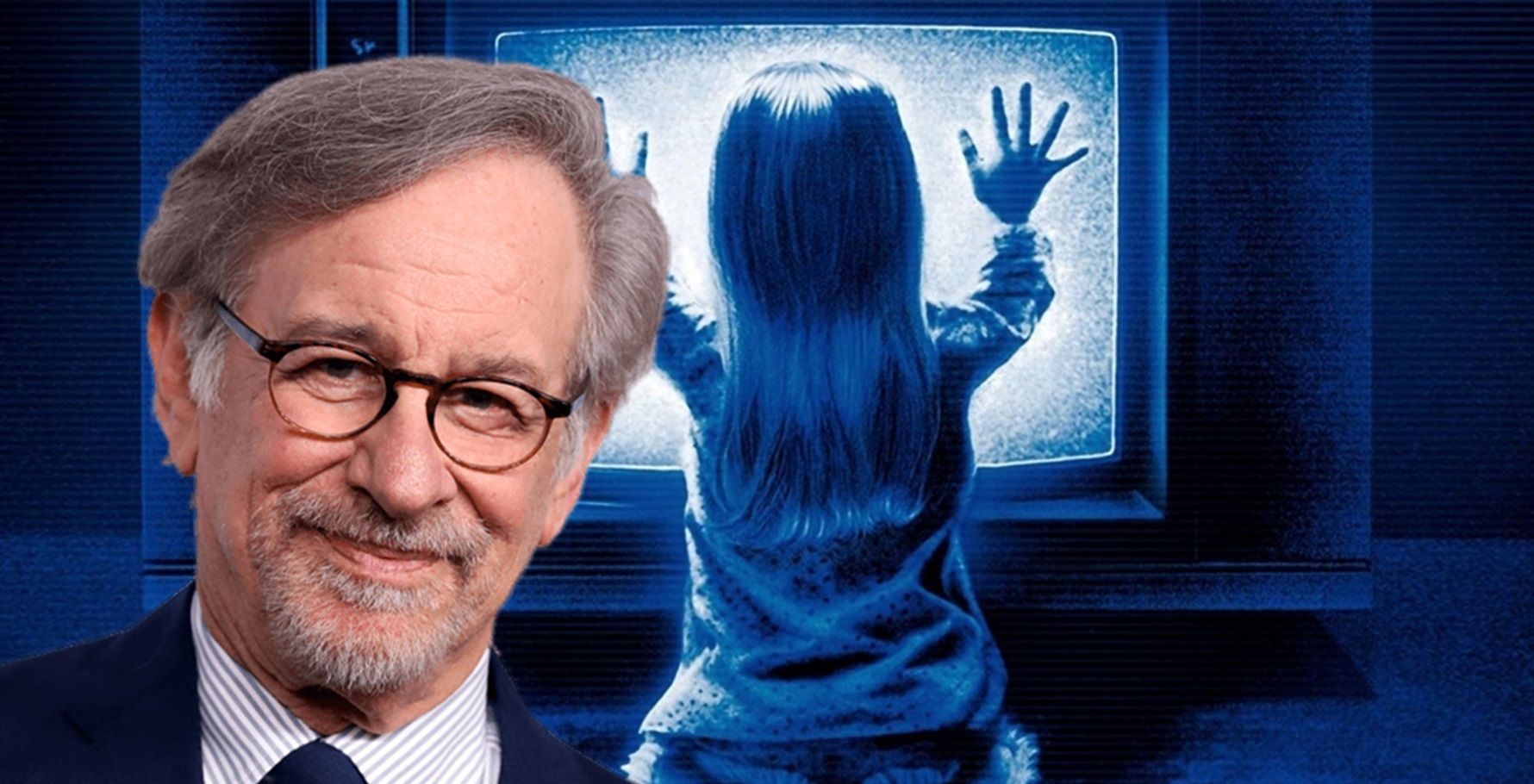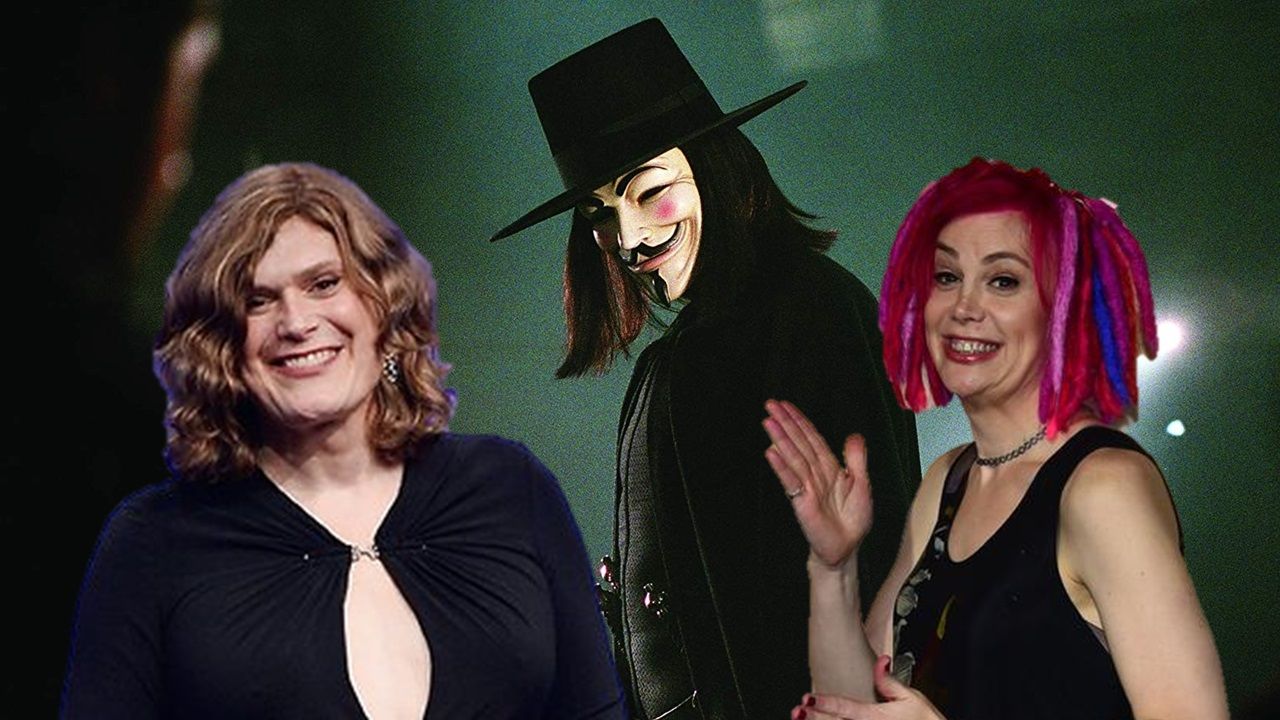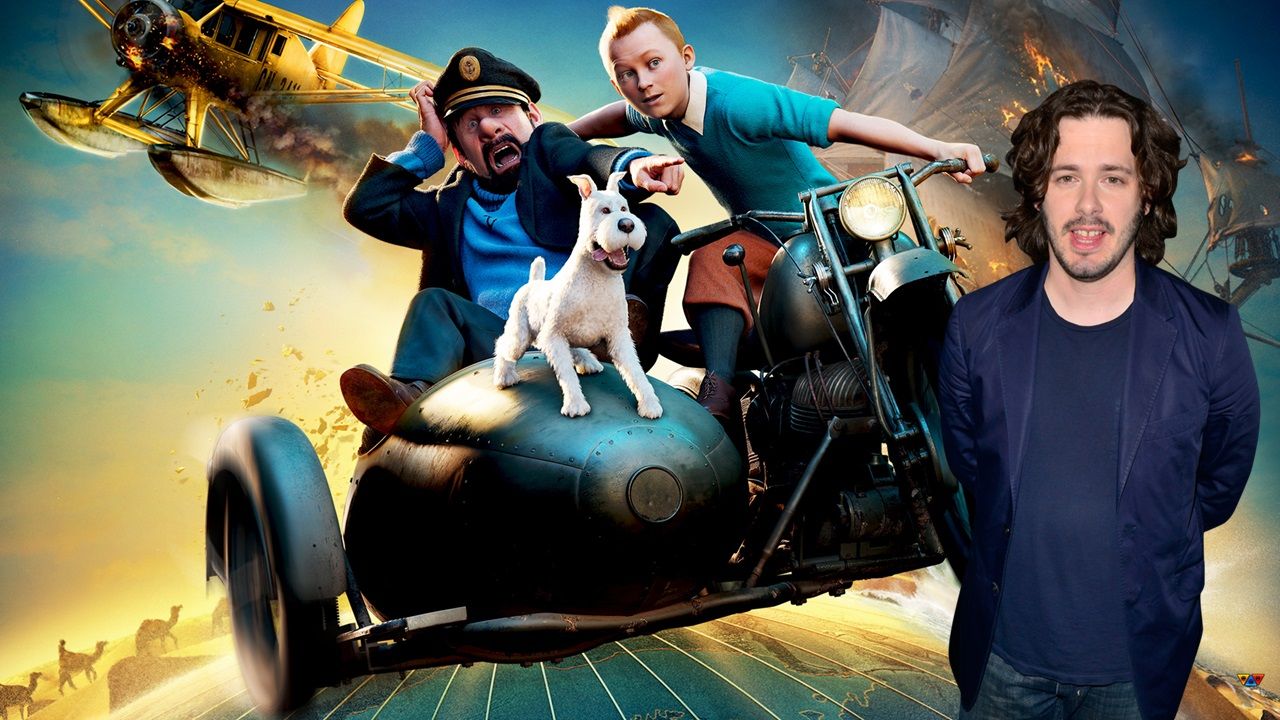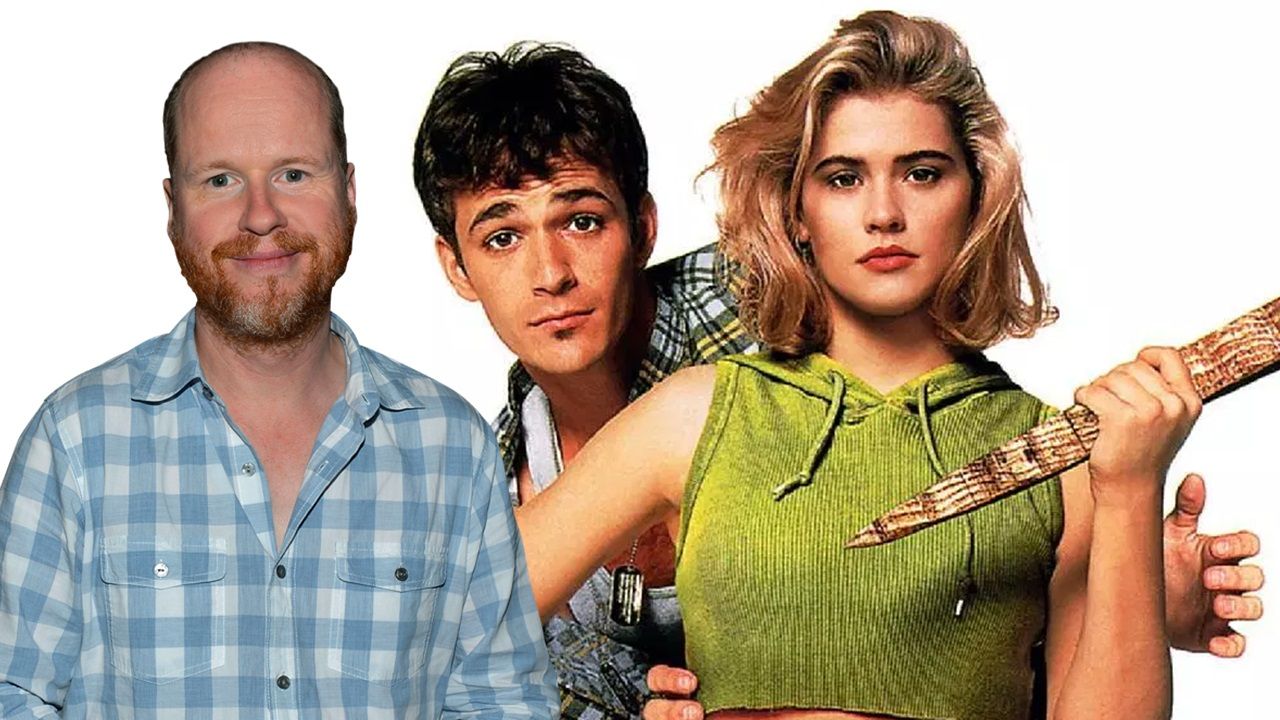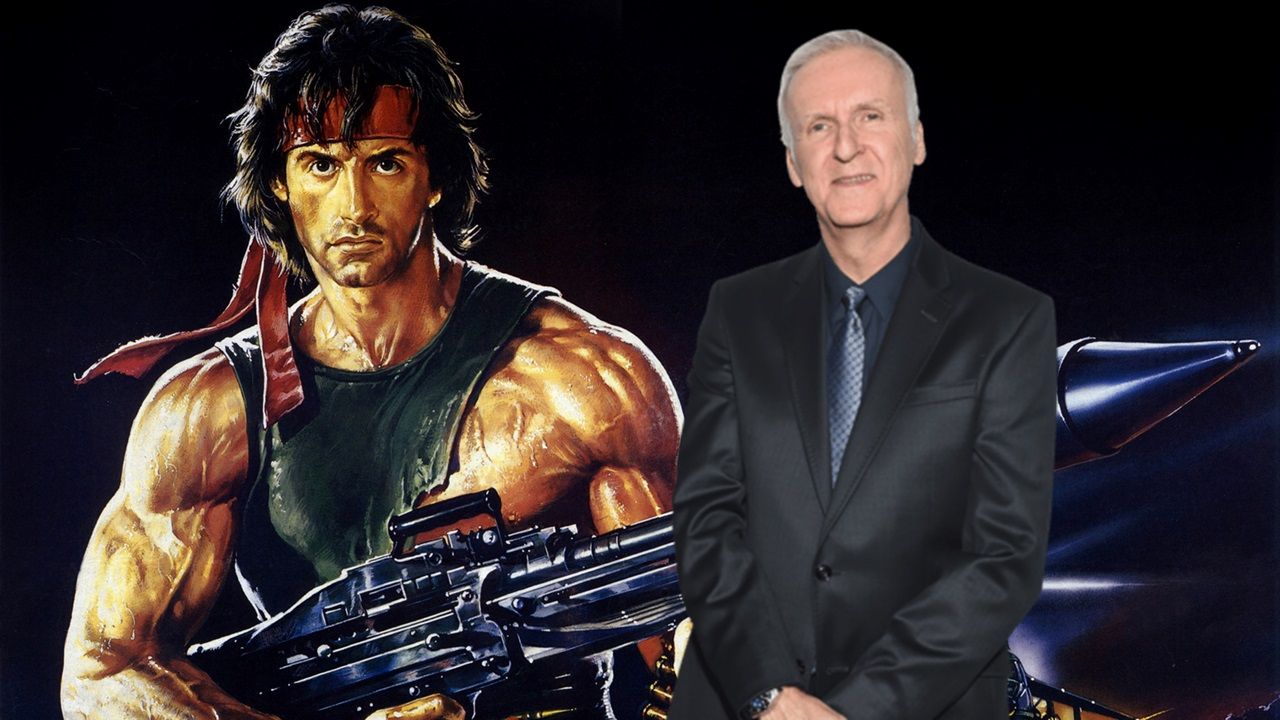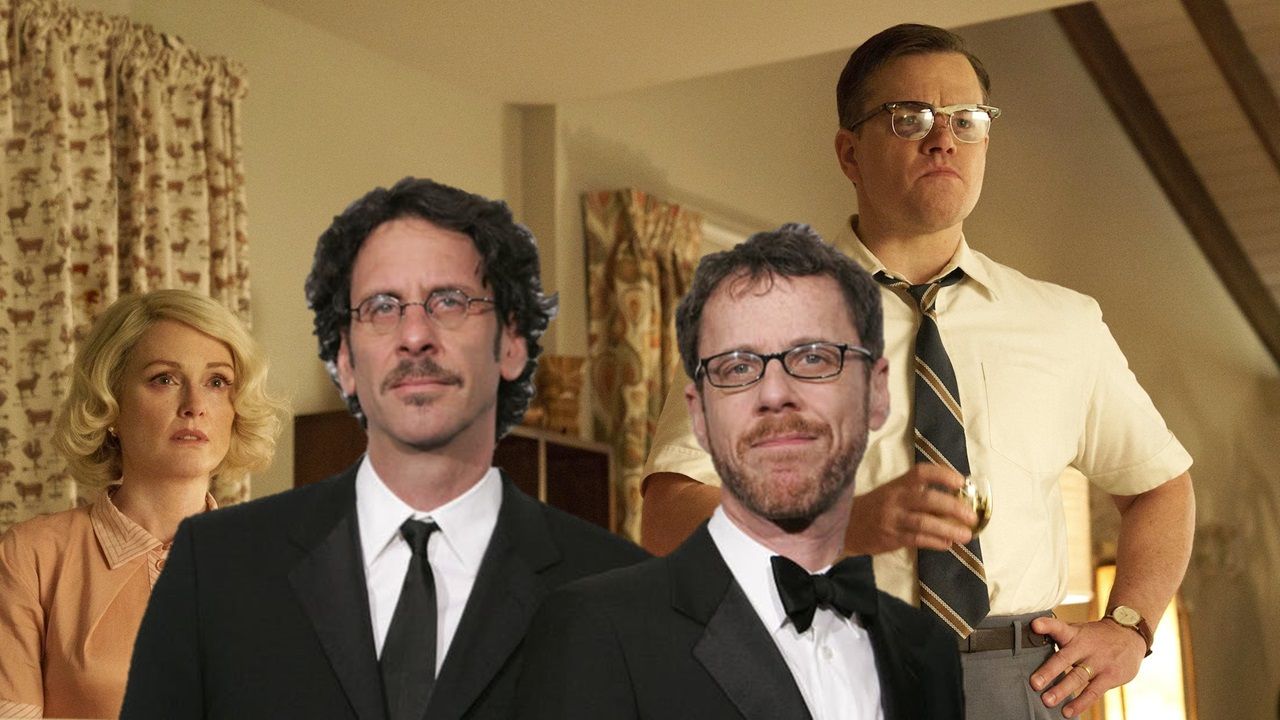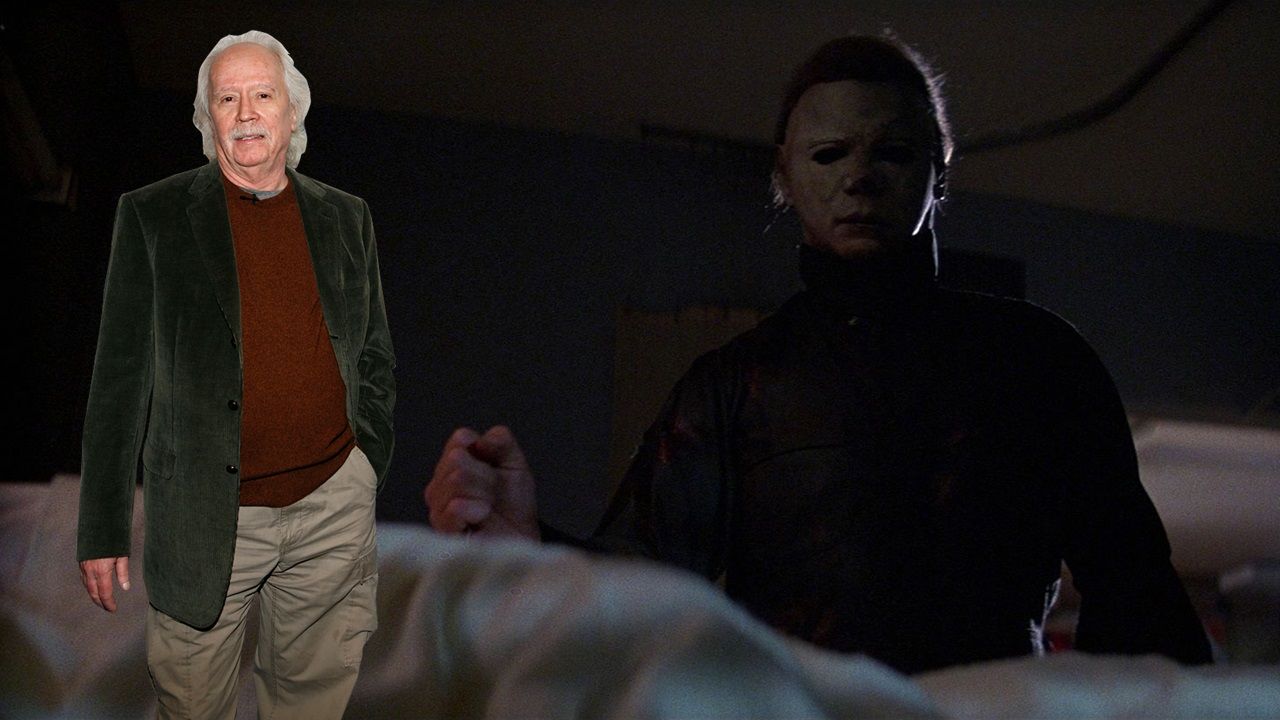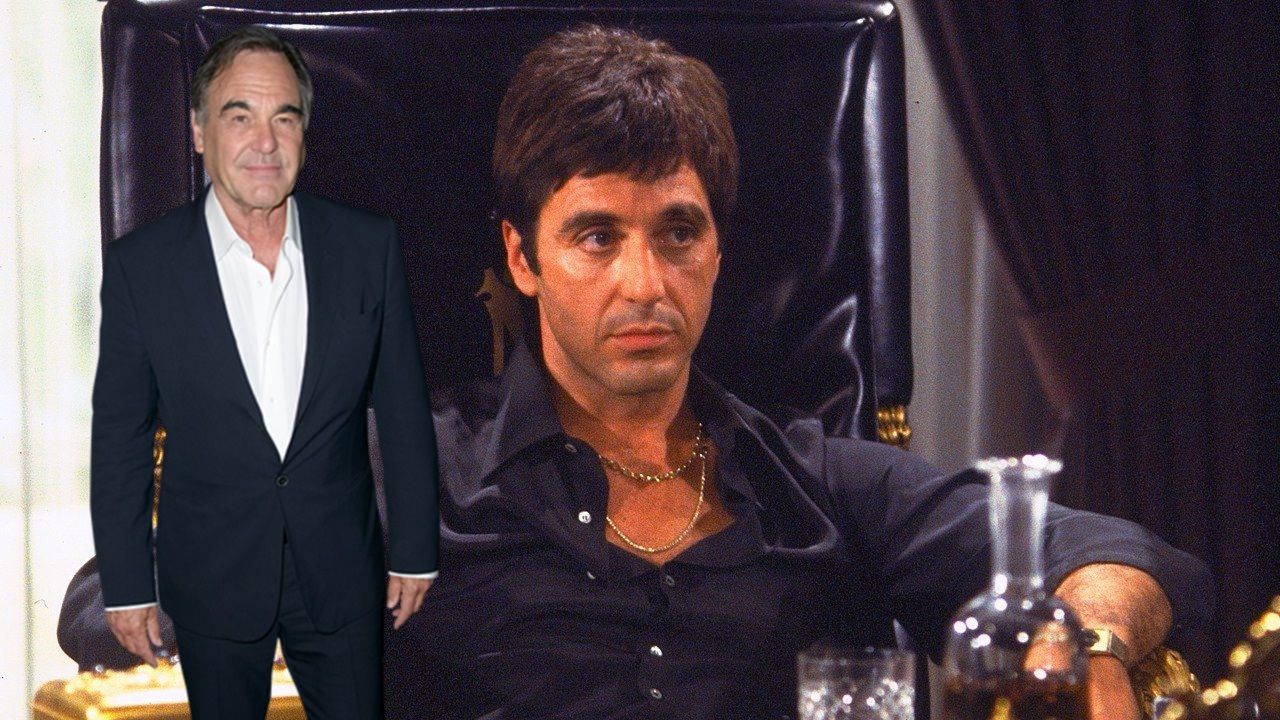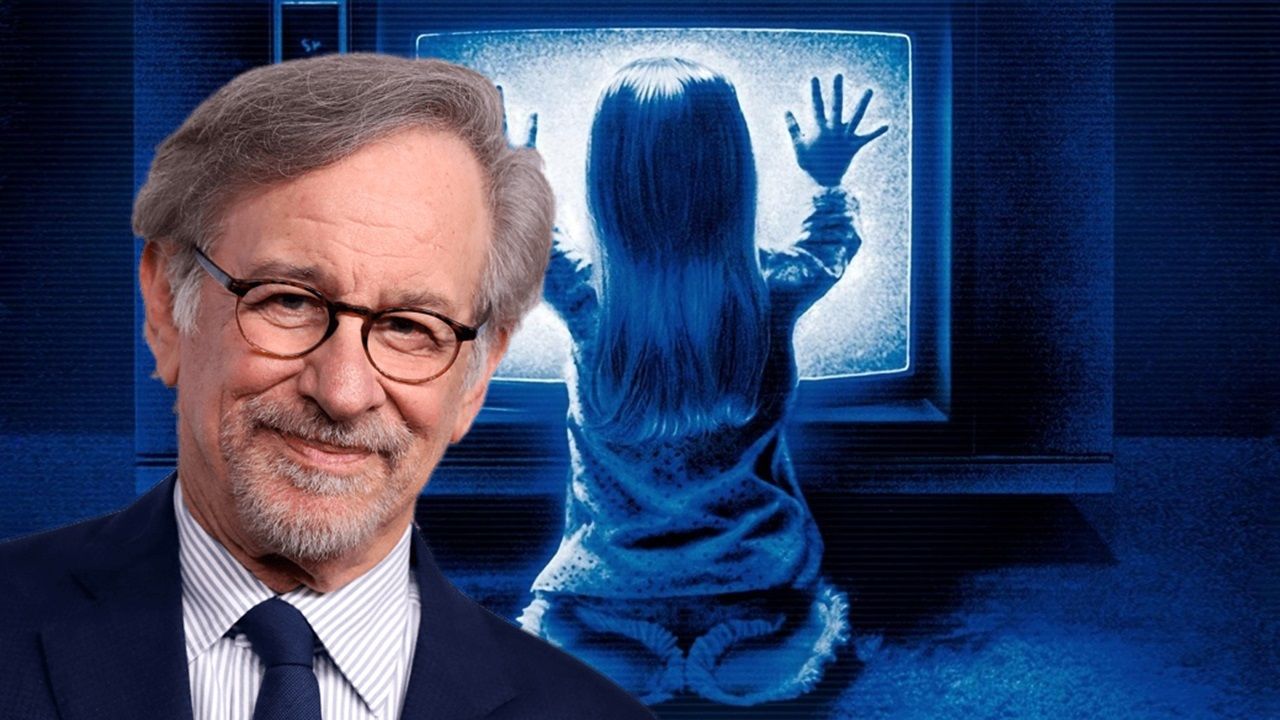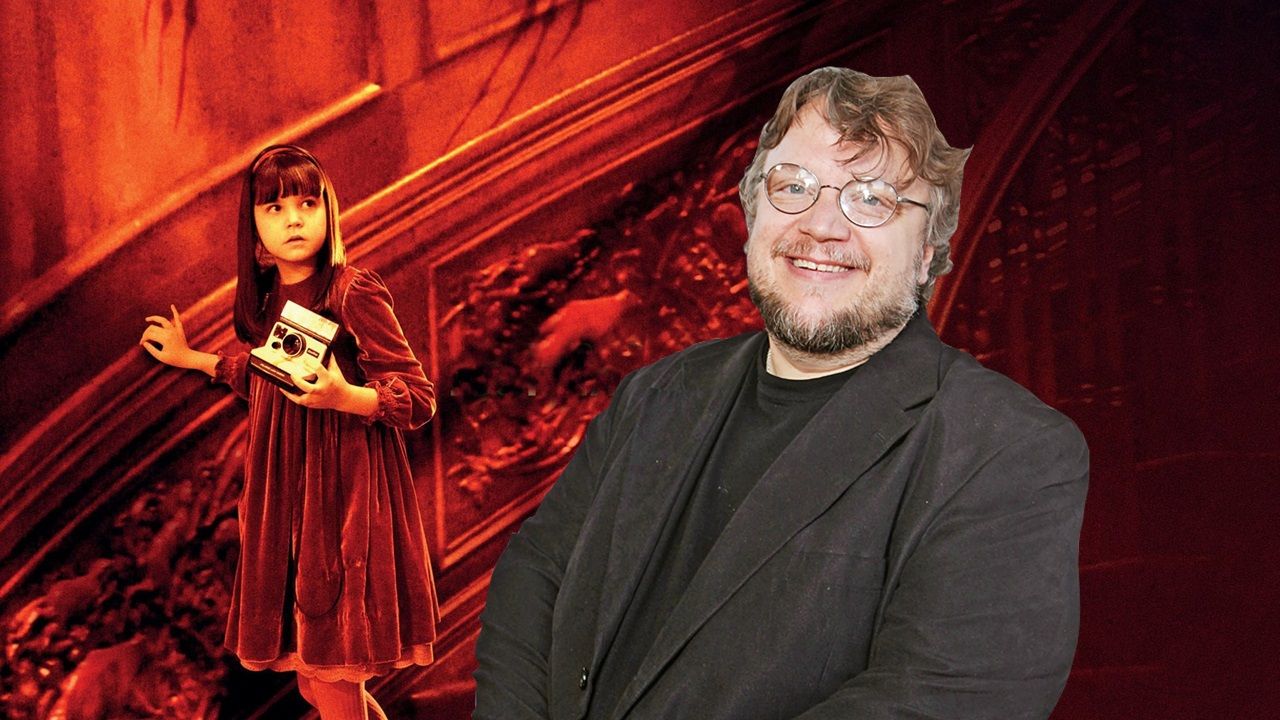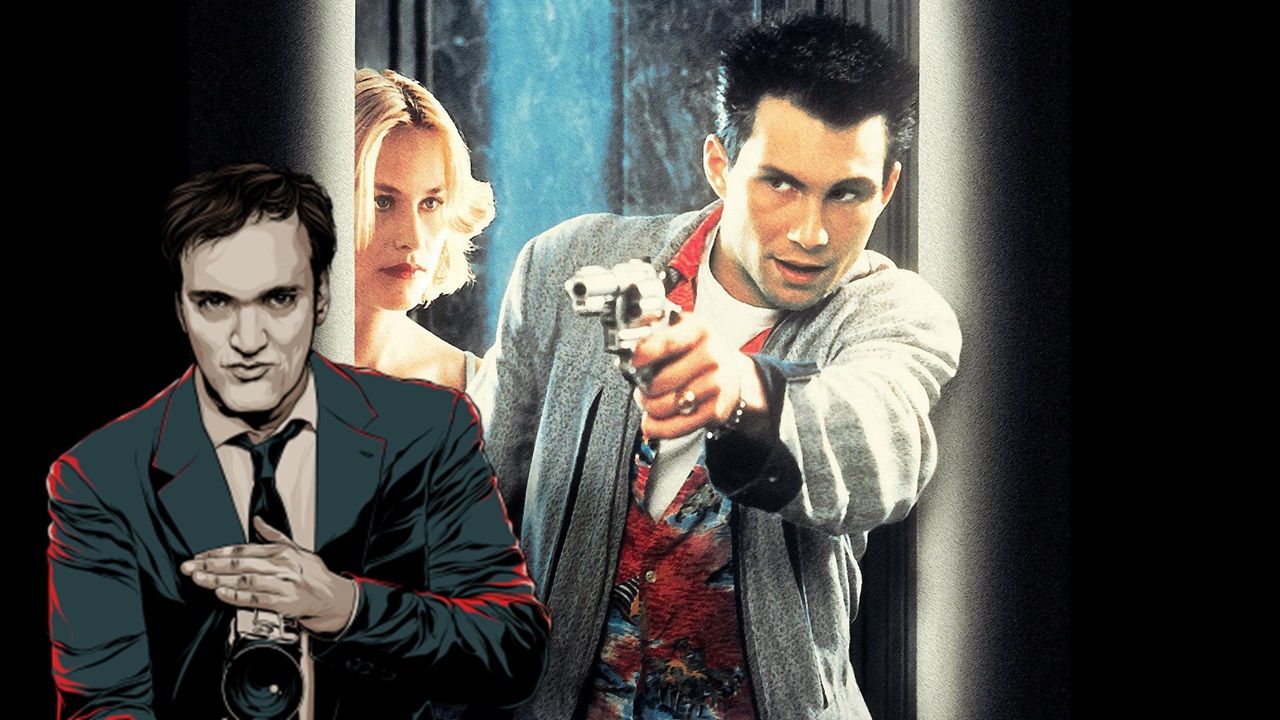What makes a great filmmaker is vision. If you don’t have vision, then you can’t tell a story in a visual medium with any real impact. What sets apart directors like Christopher Nolan and Quentin Tarantino is that they have a singular vision for their movies and they work tirelessly to realize that vision.
However, famous directors don’t always end up directing their own scripts. Their script can be taken from them by a ruthless studio and given to someone else, or they can simply lose interest in helming a piece after putting it on paper. Here are 10 Movies Written (But Not Directed) By Famous Filmmakers.
V for Vendetta by the Wachowskis
The Wachowskis might be best known for writing and directing The Matrix trilogy, but they presented us with another, very different dystopian world on the page when they provided the script for V for Vendetta.
It was an adaptation of Alan Moore’s graphic novel of the same name, which, like the movie, was set in an alternate future where the UK is governed by totalitarianism and terrorized by a masked anarchist. However, the Wachowskis’ script drastically changed the tone of the comic, swapping its satirical tone for a bleak one and making V’s true identity more obvious in the film than it is in the book.
The Adventures of Tintin by Edgar Wright
In 2011, Edgar Wright was still making the transition from cult-favorite British director with movies like Shaun of the Dead and Hot Fuzz to Hollywood mainstay with movies like Baby Driver and the Ant-Man that could’ve been. During that interim, he was hired by Steven Spielberg to write the script for The Adventures of Tintin, his big-budget motion-capture adaptation of Hergé’s brilliant comics of the same name.
Wright wrote the script with Doctor Who showrunner Steven Moffat and Attack the Block director Joe Cornish. Wright’s frequent collaborators Simon Pegg and Nick Frost also appear in the movie as Thomson and Thompson, so Spielberg is clearly a Three Flavors Cornetto Trilogy fan.
Buffy the Vampire Slayer by Joss Whedon
In 1992, an airy, light-hearted movie came out called Buffy the Vampire Slayer. It was a coming-of-age high school movie with supernatural elements that was panned by critics. The screenplay was written by Joss Whedon, who had also created the character as a way of subverting horror cinema’s clichéd and misogynistic portrayal of women, but it was directed by Fran Rubel Kuzui.
Whedon felt that Kuzui’s movie had botched his awesome character and that’s why, five years later, he brought her to the small screen with the dark tone he originally intended and found much more success, turning the forgotten character into an icon.
Rambo: First Blood Part II by James Cameron
Moviegoers today may know John Rambo as a killing machine who carries a giant gun and doesn’t wear a shirt and plows through dozens of enemy soldiers without sustaining a scratch, but that’s not how he was originally conceived. The original movie, First Blood, depicted him as a veteran with PTSD who was harassed and pushed to breaking point by a local police department, and even then, went out of his way not to kill anyone.
That all changed with the testosterone-fueled sequel, Rambo: First Blood Part II, which took him back to Vietnam to free some prisoners of war (and blow up some foreign hostiles along the way). The movie’s script was written by Sylvester Stallone and James Cameron, as hard as that is to believe.
Suburbicon by the Coen brothers
George Clooney directed Suburbicon from a screenplay the Coen brothers wrote and abandoned as far back as the ‘80s. Frankly, it should’ve stayed that way. Clooney and his producing partner Grant Heslov punched up the Coens’ script, but left it basically the same.
The story is set in the ‘50s and follows the repercussions of a home invasion in suburbia at the same time as an African-American family moves into the mostly white neighborhood. It feels like two 45-minute movies were crammed together, with each seeming incomplete. Also, the ham-fisted commentary on race doesn’t help. The profound message at the end is that racism is bad, which we already know.
Halloween II by John Carpenter
When the slasher trend that Halloween started began to gain some traction, a sequel was in order. John Carpenter, the director and co-writer of the original film, returned to write Halloween II, along with his co-writer and producer Debra Hill. However, he was hesitant to return to the director’s chair and Rick Rosenthal took over.
The sequel followed on directly from the original’s cliff-hanger ending, with Laurie Strode being rushed to hospital and a still-on-the-loose Michael Myers on her tail. It’s a pretty good sequel, at least as far as slasher sequels go. The only real downside is the inane plot twist that Laurie is Michael’s sister, which was groaningly contrived and unnecessary. The twist formed the basis of every sequel to come except for the recent reboot, which retconned it and, uncoincidentally, became the highest grossing Halloween movie by far.
Scarface by Oliver Stone
Oliver Stone has tackled a lot of American issues in his movies – the Vietnam War, the stock market, the Kennedy assassination, the media’s glorification of criminals – but he relinquished his script for Scarface, a true American epic if there ever was one, to Brian De Palma. It’s a little on the long side and its graphic violence isn’t for everybody, but there’s no denying that Scarface is an impeccable film, and the definitive gangster movie.
Just like Tony Montana in the movie, Stone struggled with an addiction to cocaine while he was researching for the script, and moved to Paris to kick the habit while he wrote it, later saying: “I don’t think cocaine helps writing. It’s very destructive to the brain cells.”
Poltergeist by Steven Spielberg
The haunted house movie Poltergeist was based on a story by Steven Spielberg, who then developed a screenplay from that story with Michael Grais and Mark Victor, but he didn’t direct it. Instead, the movie was directed by Tobe Hooper, who is best known for helming The Texas Chain Saw Massacre, and since this is a Spielberg production, it’s far more wholesome and less gory.
But it still packs a few frights, which is probably why Spielberg opted out of directing it himself. His work on Poltergeist is the reason Spielberg rejected George Lucas’ idea to make the third Indiana Jones movie a haunted house movie, so we really dodged a bullet there.
Don’t Be Afraid of the Dark by Guillermo del Toro
Guillermo del Toro wrote the script for Don’t Be Afraid of the Dark, a remake of the 1973 TV movie of the same name, with Matthew Robbins. Robbins has also collaborated with del Toro on the screenplays for Mimic and Crimson Peak, and he previously did uncredited rewrites on the Steven Spielberg movies Jaws and Close Encounters of the Third Kind.
Instead of del Toro, the movie was helmed by Troy Nixey, who is not primarily a film director, but rather a comic book artist. Still, his experience in that visual medium – particularly in horror comics, too – meant that he had the mental tools to tell a story with images, organically taking the viewer from frame to frame.
True Romance by Quentin Tarantino
Quentin Tarantino wrote True Romance, a pastiche of the rich traditions of romance and crime fiction, when he was a struggling young filmmaker working at a video rental store (we’ve all heard the story). Tony Scott directed the movie, but you’d never guess it wasn’t Tarantino’s work.
Unlike Oliver Stone, who took a Tarantino script (Natural Born Killers) and turned it into an Oliver Stone movie, Scott remained true to the writer’s vision and directed True Romance the way Tarantino would’ve directed it. The only change Scott made to Tarantino’s script was linearizing his non-linear narrative. Nonetheless, Tarantino was pleased with how it turned out.

